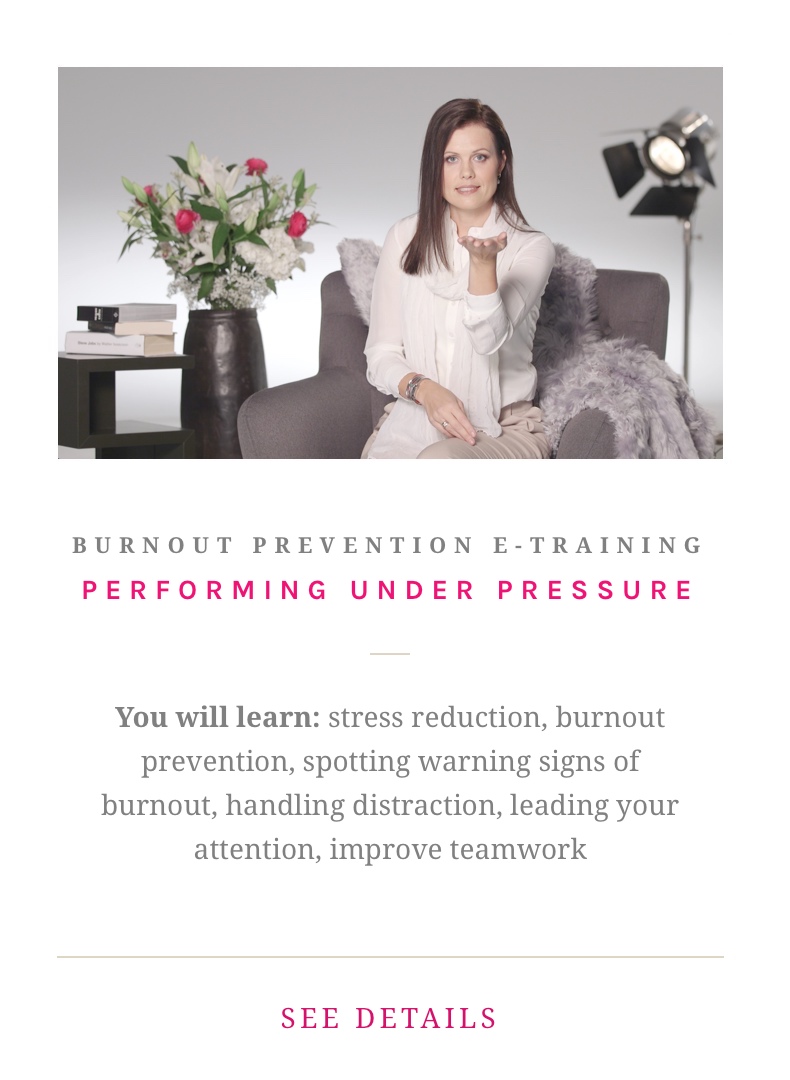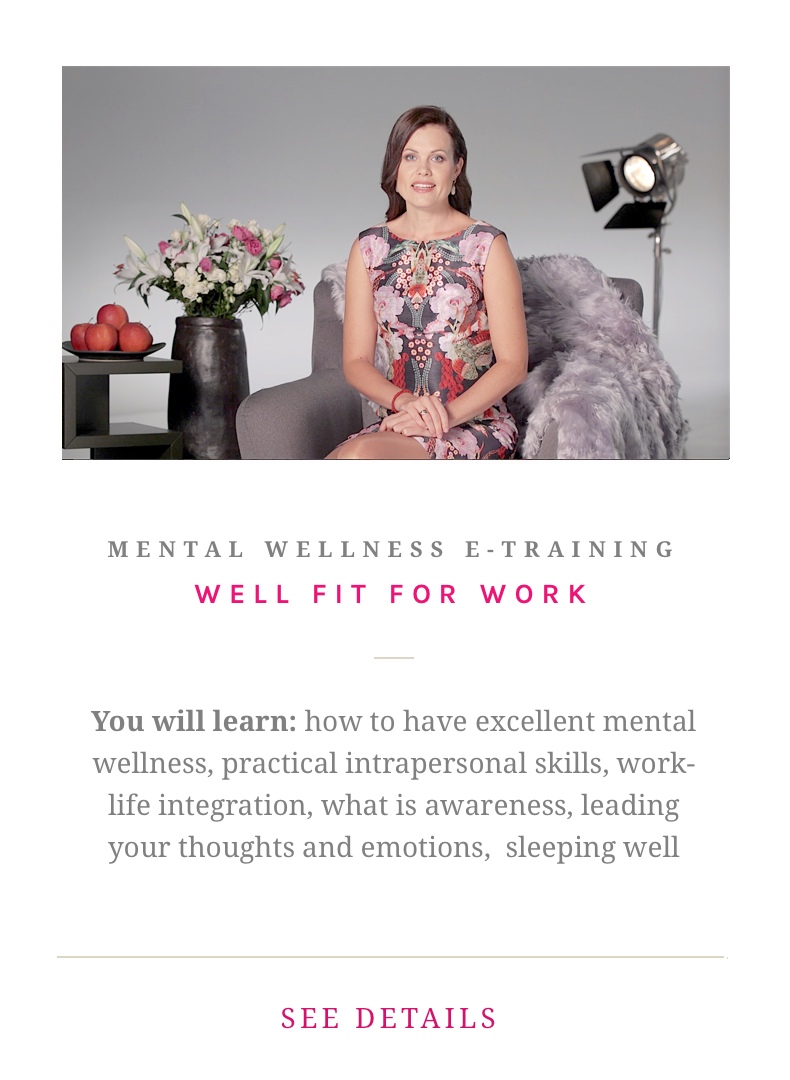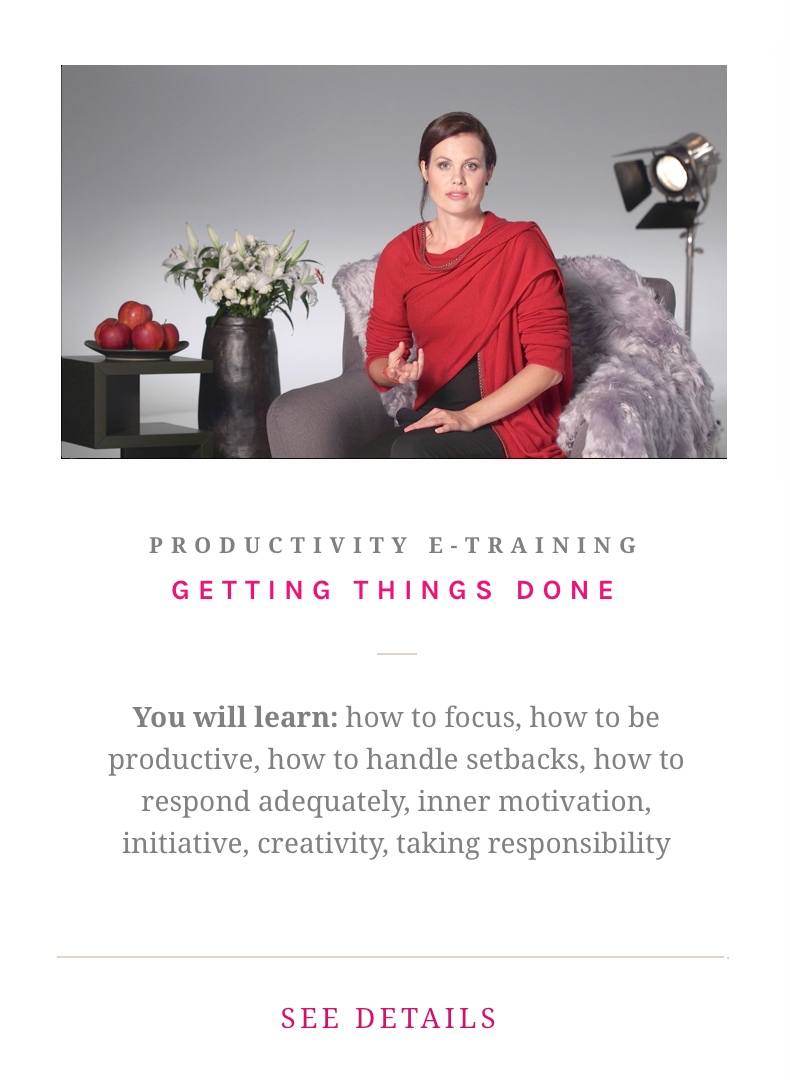Why Stress Is a Warning Sign for Every Organization?
In the evolving and challenging world of work, HR professionals are often viewed as the steady hand – managing people strategies, supporting others’ wellbeing, and guiding their teams through cultural and economic transformation.
The question is, do they have an intrapersonal toolkit for this? And if not, what happens when the people responsible for managing stress become the ones most affected by it?
According to a 2024 Ciphr survey in the UK, the reality is stark: only 2.4% of HR professionals aged 35–44 say they are unaffected by stress at work, compared to 5.3% of those under 35 and 10% of those over 45. This data is a signal that HR professionals themselves need practical, ongoing tools for managing stress.
The situation is growing more critical, and it’s time to face the fears and challenges that the HR function is battling for the health and resilience of entire organizations.
Burnout in the People Business
HR teams are responsible for shaping workplace culture, guiding performance, handling restructures, managing compliance, and navigating a shifting landscape of employee expectations. But as pressure mounts from every direction – inflation, recruitment challenges, AI disruption, and economic uncertainty – the burden often becomes overwhelming.
As Ciphr reports: “Worryingly, nearly one in four (23%) HR professionals reported feeling stressed to the point of burnout and exhaustion. This rises to over a third (35%) of those working at organisations with more than 1,500 employees, indicating a potential link between workforce size and the occurrence of chronic stress.”
Workload stress is also disproportionately affecting those at larger firms: “34% of HR professionals who manage workforces of over 1,500 employees feel under pressure by excessive workloads, compared to 27% of those at organisations with 50 to 1,499 employees.”
This isn’t just HR being overworked; it’s a systemic issue. As organizations grow, the pressure on HR intensifies. Instead of being seen as strategic advisors, HR professionals are often consumed by administrative volume, emotional labor, and ever-expanding responsibilities with limited resources.
A Perfect Storm: Inflation, Talent Competition, and Cultural Strain
At the macro level, employers continue to grapple with persistent inflation. It puts upward pressure on wages, increases operational costs, and complicates planning. While some employers can accommodate pay increases, most cannot match inflation-adjusted expectations.
This creates a talent tension, and HR is tasked with recruiting and retaining top talent in a fiercely competitive market, but often without the flexibility to offer market-aligned salaries.
The result? Critical roles stay vacant, top performers leave, and remaining employees shoulder more work, and this is again further amplifying stress.
Vacancy means more workloads and stressors for others. This means stress is often amplified.
The C-suite focuses on controlling costs, putting HR in a difficult position. They must manage the expectations of executive leadership while trying to support employee engagement and mental wellbeing. It’s no wonder many feel caught between competing pressures, with few tools to resolve the gap.
When people lack strong intrapersonal skills, stress tends to hit harder, often leading to devastating consequences. And that’s only part of the challenge, as rapid technological change adds even more pressure.
What HR professionals, leaders, and employees all need is the capability to sustain high performance under pressure, with clarity, composure, and resilience.
The Human Cost of Relentless Restructuring and AI Acceleration
As the most significant stressor for HR professionals is recruiting/hiring and relentless transformations and restructures, the rise of AI only adds another layer of complexity.
AI isn’t just a technology shift; it’s a cultural one. HR leaders are now navigating how AI affects job design, employee morale, psychological safety, and the very nature of meaningful work.
The truth is, we need to improve access to creativity and insights and refigure human roles as opened up in this blog.
While these shifts can offer innovation and efficiency, they also trigger fear, uncertainty, and fatigue – particularly when layered on top of inflation, under-resourcing, and cultural tension.
When the Frontline Needs Protection from Stress
The persistent demands placed on HR professionals, leaders, and employees have created an urgent need for self-leadership and internal resilience.
It’s no longer enough to have great technical skills; you also need awareness-based intrapersonal skills for leading your emotions and keeping your mental clarity.
It is training intrapersonal skills that equip you with inner tools to navigate, worry, doubt, pressure and anxiousness.
When you have practical intrapersonal skills, you can notice your stress levels and monitor your wellbeing. The prolonged state of uncertainty, conflict, and stress in the workplace demands improvement in self-leadership. It needs to be taken to a new level, and learning intrapersonal skills is the solution for you and everyone else in your team.
It is important to remind you, when stress is left unaddressed, it can quietly erode decision-making, strain relationships, and lead to poor conflict resolution. This compounds over time – damaging trust, work culture, employee engagement levels and reducing productivity.
Stress is also what is increasing the risk of top talent burnout or exit. Yet ironically, HR professionals who champion wellness programs for others rarely have time, space, or permission to prioritize their own stress reduction and wellbeing.
Until universities prioritize teaching these essential self-management skills to psychologists and psychiatrists, burnout will continue to be a pervasive issue within the profession. Similarly, other professionals who deal with people, like HR leaders, tend to burn out and have even higher burnout rates.
Ignoring Stress is a Risk
The biggest danger is ignoring stress. Data reveals that only around 40% of employees experiencing work-related stress have spoken to their employer about it. This includes HR professionals, who may feel expected to model composure, even when struggling.
Chronic stress is a known trigger for burnout, depression, anxiety disorders, cardiovascular issues, and other health conditions. And in high-trust roles like HR or executive leaders, diminished mental wellbeing can have a cascading impact on the entire organization.
So, training your mind is equally important in all roles. Why?
Workplace stress doesn’t just affect individuals – it degrades team dynamics, stifles creativity, and impairs organizational resilience.
When stress becomes the norm, it signals that your team is under a serious strain.
The Way Forward is Training the Mind
The solution begins with a shift in mindset: from reactive firefighting to proactive wellbeing.
It’s no longer enough to offer surface-level wellness benefits or once-a-year training sessions. Employers must give their people – starting with HR and business leaders themselves – access to efficient stress reduction training.
|
The solution should be stress reduction. Everyone needs a proactive mental wellness approach that they can apply.
Training your mind, while well, is key to securing the ability to work for HR professionals, leaders and workers alike.
This isn’t a luxury. It’s a strategic imperative as 9 out of 10 employees are stressed according to the UK Burnout Report (see data below).
When professionals have the intrapersonal skills to manage their emotional state, reduce stress, and maintain clarity under pressure, they perform better, recover faster, and lead more effectively.
Business Leaders Need to Prioritize Mental Agility
CEOs and senior leaders have a vital role to play. Supporting HR is not just about budgets and systems – it’s about creating a culture that values and invests in training the brain, just as much as it invests in skill development.
An efficient mind is a calm mind. Only when a calm-minded person is equipped with excellent intrapersonal skills can good employee engagement levels be reached.
Mental agility, emotional resilience, and self-awareness are now core leadership competencies.
Self-evaluation is the key component of all our mental wellness trainings. Only when leaders have working stress recovery techniques can they show inspirational leadership, because it gives HR and other teams permission to do the same.
Mental wellness training becomes a norm only when leaders train their own minds and then encourage others to do the same. Mental wellness is the foundation for sustainable high performance, retention, and agility.
|
Conclusion: Resilience Starts Within
The HR function is stretched between rising demands and shrinking resources. But within this challenge lies an opportunity: to redefine what resilient leadership really means.
True leadership, especially in the context of HR, now requires the inner strength to remain calm under pressure. Intrapersonal skills give you inner calmness and clarity, which again allows you to make people-first decisions even in times of strain.
It is time to stop expecting HR professionals and business leaders to carry the emotional load of entire organizations without support. Training your mind regularly offers such support.
Don’t wait, invest in improving your intrapersonal toolkit now. When you, as a team leader or HR, are resilient, your entire business is stronger.
This blog post is provided for your benefit by Kaur Lass




.jpg)



